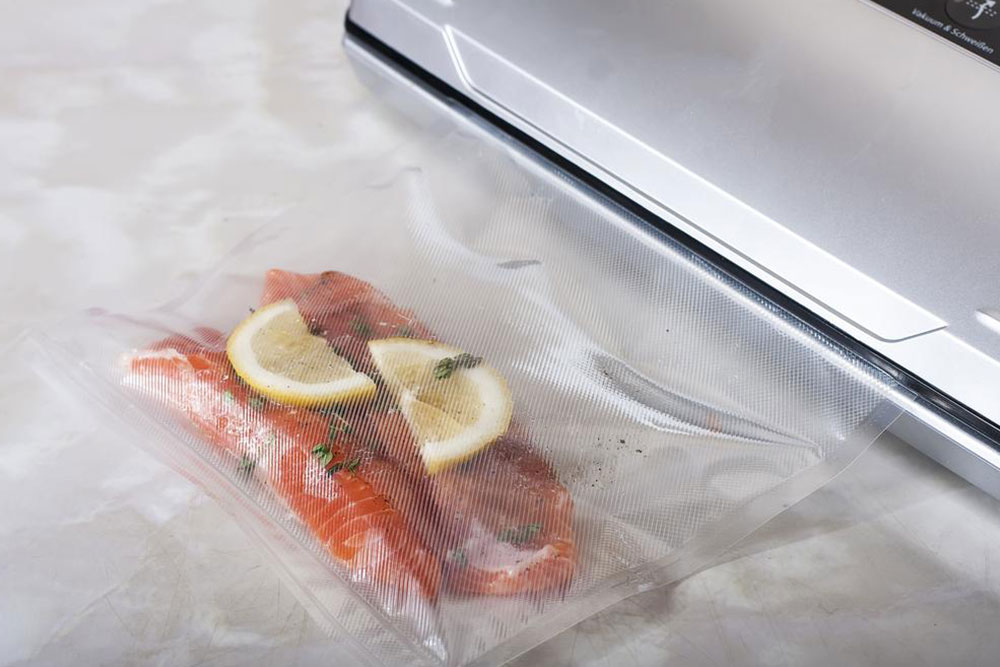Essential Guide to Obtaining a Food Safety License
Learn how to obtain a food safety license essential for food industry workers. This guide covers training requirements, certification steps, and legal obligations across states. It highlights online courses and the importance of proper food handling skills to prevent contamination and ensure consumer safety. Whether you're starting your career or seeking compliance, this overview offers useful insights on securing your food safety certification efficiently.
Sponsored

Ensuring food safety and cleanliness is a vital part of working in the food industry. To prove your capability in this area, you need to earn a food safety license. This involves completing detailed training on proper food handling, sanitation, and hygiene regulations. The license isn’t just a formality—it signifies a commitment to maintaining high safety standards that protect consumers.
A food safety license, also known as a food handler’s permit or card, authorizes individuals involved in preparing, storing, or serving food.
This includes those who work with unpackaged foods, contact surfaces, utensils, or food processing equipment. Acquiring this license demonstrates that an individual has completed a food safety training course, equipping them with the essential knowledge to uphold a hygienic environment. It’s a legal requirement in many regions and extends beyond restaurants to catering firms and event organizers. Most states mandate that food handlers hold a valid permit, although specific regulations differ across locations.
Purpose
The main goal of obtaining a food safety license is to ensure that workers possess the necessary skills to prevent foodborne illnesses. Training covers topics like contamination risks, hazard prevention, legal standards, and safe handling procedures—vital for safeguarding public health.
Training Course Content
The training programs include essential lessons such as safe food handling, identifying contamination sources, and understanding health implications of food-borne pathogens. Courses also teach proper storage, personal hygiene, and adherence to HACCP (Hazard Analysis and Critical Control Points) protocols. Many providers, including ANSI, offer online courses, making certification accessible nationwide and allowing learners to complete training at their convenience.
Certification Process
To earn your food safety permit, follow these steps:
Check state requirements: Research the specific regulations in your state, as rules about certification vary.
Select a course: Choose a reputable training provider, such as ANSI, that complies with local standards. Many courses have no completion deadline, fitting flexible schedules.
Complete the training and pass the exam: Finish the coursework, then take and pass the exam to obtain your certification.
Obtain Your Certificate
After passing the exam, you’ll receive your license, which can often be printed for convenience. Be aware that certification acceptance varies by state, so ensure your license is recognized where you work.
Is Free Certification Possible?
Some organizations may offer free food handler courses, but the exam fee might still apply. Investing in certification is worthwhile for acquiring the necessary skills to promote food safety and protect public health. This guide provides a starting point for those pursuing a career in food service.





